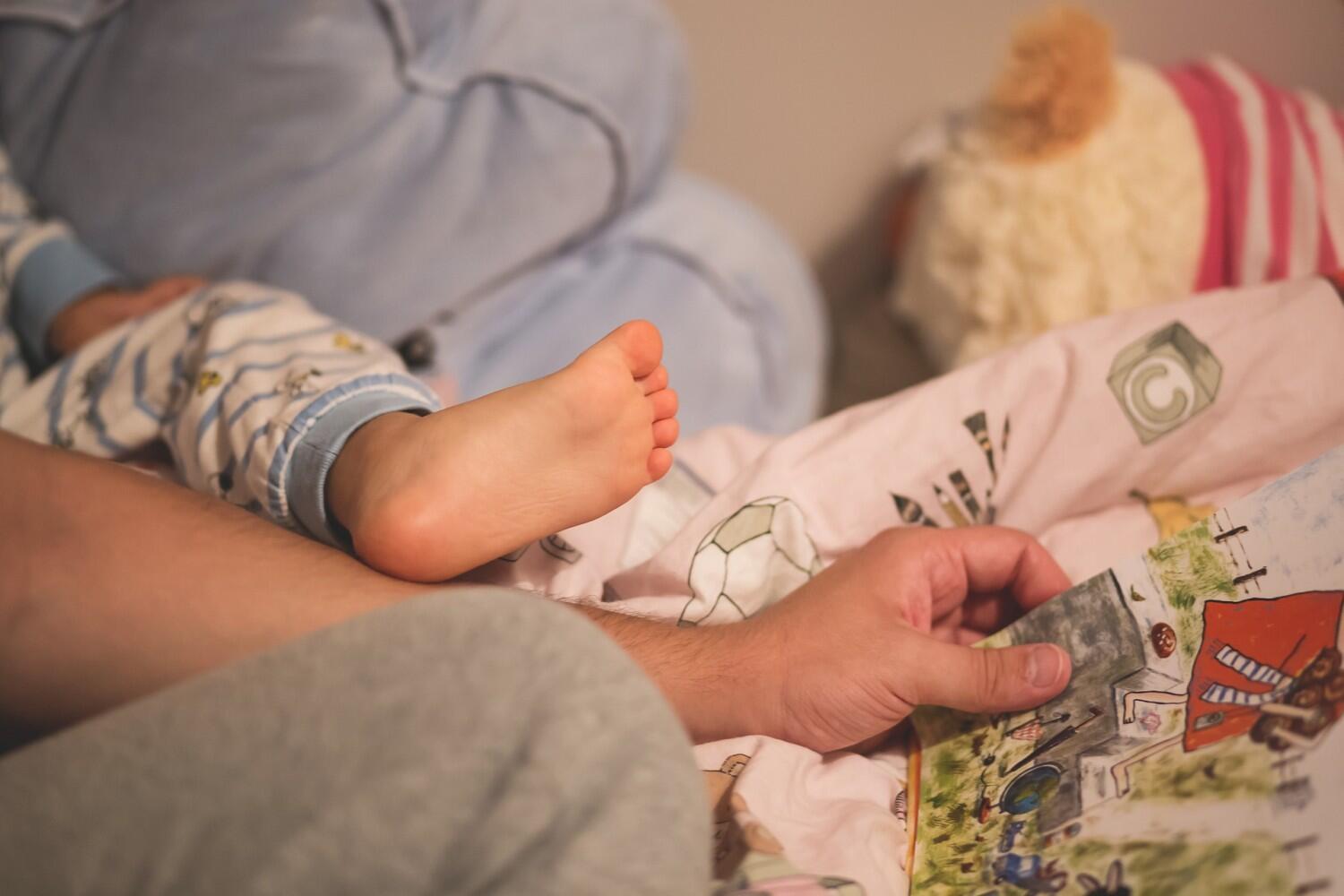Study shows paid paternity leave gives fathers life, job satisfaction; mothers family relationship satisfaction

URBANA, Ill. – Researchers and policymakers are increasingly looking at paternity leave for its potential positive impacts on families and societies. Changes in cultural values, including a deeper understanding of the importance of fathers’ involvement with families have prompted some countries to pursue social policies encouraging fathers to be more involved in the care and raising of children.
While the effects of maternity leave on the mother and the children have been widely studied, less research has been done on paternity leave.
A new study from University of Illinois and Seoul National University, published in the Journal of Vocational Behavior, shows that when fathers take even just a few days of paid paternity leave, there are beneficial outcomes for fathers, mothers, and families as a whole. Specifically, the findings show higher life and job satisfaction for the fathers who were allowed paid leave and took it, and greater family relationship satisfaction for the mothers, a crossover effect from the fathers.
“We already know a lot about how leave affects the mother’s well-being, and how it affects the outcome of the children. This research specifically is about the decision within the couple and the long-term effect,” says Karen Kramer, an assistant professor in the Department of Human Development and Family Studies at U of I.
For the study Kramer and colleagues used data collected in Korea by the Korea Labor Institute, where there has been a focus on enacting paid parental – including paternity – leave in order to address the country’s ongoing fertility crisis. The researchers looked at the effects of Korean fathers’ paternity leave on areas such as life and job satisfaction for the father, as well as the mothers’ satisfaction with their family relationship, and the correlation between these attitudes.
Only heterosexual couples who had a child within one year of the start of the study were included, and researchers followed families at three time points over two years.
Kramer and colleagues hypothesized that if a father uses the paternity leave to which he is entitled, this would increase his job and life satisfaction. Subsequently, that effect would “cross over” to his spouse’s family relationship satisfaction, which Kramer explains is highly correlated with marital satisfaction. The researchers found robust evidence that even over time, the effect is there.
“If we want to support families and their labor force outcomes, maybe a better way is to support the father,” Kramer says. “This paper shows it beautifully. By giving the father even just a few days of leave, there’s an effect on the couple for the long-term. That’s the important thing.”
How can just a few days of leave for fathers—five days in the study—have such a measurable effect?
“If you envision the first few days after such an important, memorable time in your life, having a child is an event that shapes so much of your life,” Kramer says. “It doesn’t really matter if it’s your firstborn or not, it’s about that transition you are experiencing of having another person in your family. If you have a partner, it’s important that they are there.”
Kramer also pointed out that paternity leave alleviates some of the mother’s fear of being forced to choose between family and career.
“This is not the focus of this paper, but paternity leave can help to release a little bit of the workload from the mother and make the father more involved in the child’s first days. It might help the mother getting back into the labor force as well. That’s a discussion in itself, whether it’s good for a mother—her well-being—to be forced out of the labor force because she has to take care of her child with little support from the father. To return to the labor force is a whole other issue that may affect marital satisfaction for the couple, as well.”
Another issue Kramer and her colleagues raise in their paper is that for many fathers, even if paid paternity leave is offered, they fear negative consequences as an employee if they do take it.
Kramer says findings from another of her studies show similarly that fathers in the United States who are allowed to take organizationally sponsored paternity leave after a child is born, often do not take it because they fear being “penalized” in some way.
In the United States there is no federal law regarding paid family leave, though some states have policies in place, or policies exist at an organization level, Kramer adds.
“We will need to encourage fathers to take the leave and help them understand the positive effects for the children, the couple, and the labor force, “ Kramer says. “Policymakers need to prioritize. There is a lot of policy related to work and family. I think paid family leave is one of things that is on the agenda.”
The paper, “The positive spillover and crossover of paternity leave use: A dyadic longitudinal analysis,” is published in the Journal of Vocational Behavior. [DOI: 10.1016/j.jvb.2019.05.007]. Co-authors include Karen Kramer, of University of Illinois Department of Human Development and Family Studies, in the College of Agricultural, Consumer and Environmental Sciences, and the U of I School of Labor and Employment Relations; Hanjin Bae and Cheong-ah Huh, Department of Child Development and Family Studies, Seoul National University, Republic of Korea; and Sunjin Pak, U of I School of Labor and Employment Relations.
Funding for the study was provided by the USDA (Hatch ILLU-793-346).